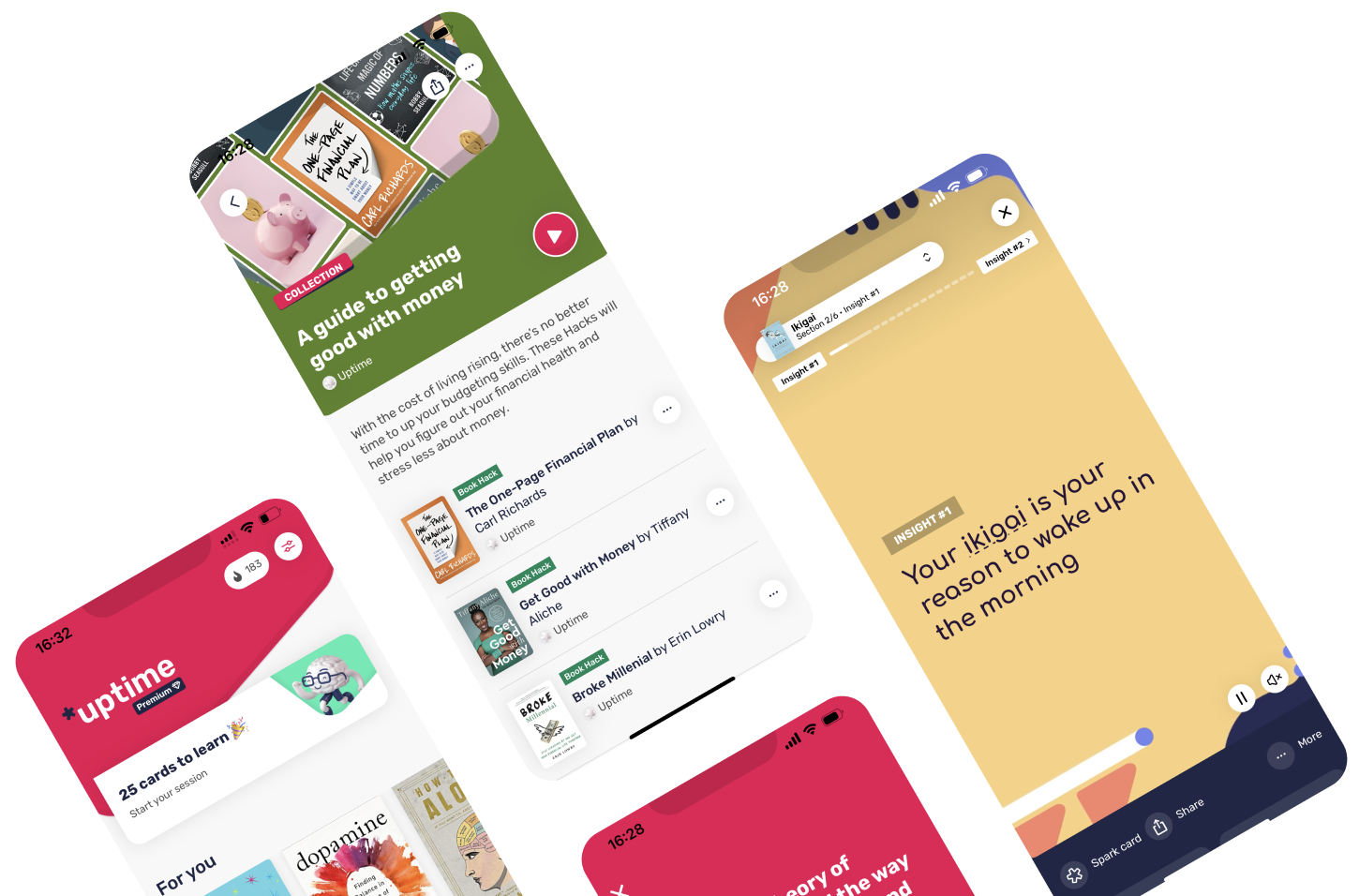Course HackLiving with DiabetesBy The Open University, Mike Dodd
In a Nutshell
This course from The Open University explores diabetes, looking at the differences between Type 1 and Type 2 and expanding on the biology of the condition.
Favorite Quote
Many conditions are multifactorial as many factors are important in developing the condition. Diabetes is thought to be a multifactorial condition.
Dr. Mike Dodd
Introduction
Diabetes has been about for thousands of years; even Ancient Egyptians and Romans described symptoms in line with what we now know as diabetes.
Type 1 and Type 2 diabetes are similar but distinct conditions, but even doctors can have a hard time diagnosing which type a patient has.
There are many myths and misconceptions surrounding diabetes, even among healthcare professionals.
With 150 million people worldwide suffering from diabetes, it's important to understand what it is and how it affects people.
Written by Dr. Mike Dodd, a researcher at the STEM faculty of The Open University, this course aims to explain the definitions of diabetes and how it is diagnosed.
The course also describes different types of diabetes, their causes, and the chemical changes that occur in the body.
Here are the 3 key insights from this Hack
- 1.Type 1 diabetics are unable to produce insulin
- 2.Lorem ipsum dolor sit amet, consectetur adipiscing elit. Nunc volutpat, leo ut.
- 3.Lorem ipsum dolor sit amet, consectetur adipiscing elit. Nunc volutpat, leo ut.









